In today’s ever-changing industry, there is nothing more important than having dependable network solutions that are strong enough to ensure smooth data communications and operational efficiency. This blog focuses on unmanaged ethernet switches for industrial uses; it highlights some of the best brands in the market, like Antaira, NETGEAR, and D-link, among others. We want to give an extensive description of these vital devices by looking at what they can do best, why someone would use them, and where features, benefits, and applications will all be covered! Whether upgrading your own system or building from scratch, one has never done so before, so understanding how these work is crucial for making good choices in relation to industrial networking needs.
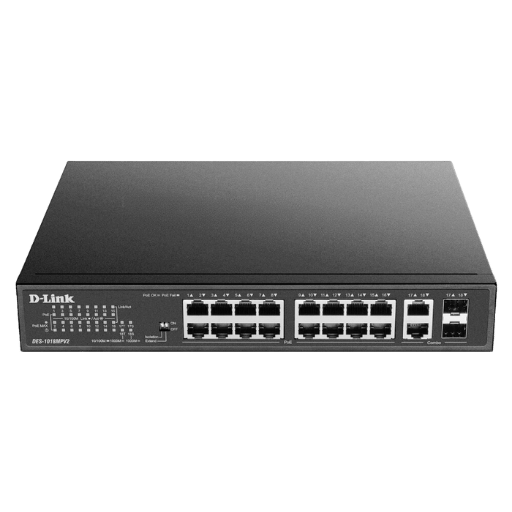
An unmanaged ethernet switch is a simple network device that allows multiple Ethernet-enabled devices to communicate within a Local Area Network (LAN). It works automatically without requiring any configuration from the user which makes it a plug-and-play solution for straightforward networking needs. These switches forward data packets based on MAC addresses, thereby providing necessary network connectivity without advanced features like remote management or monitoring. Moreover, they are appreciated for being cost-effective, easy to use, and reliable, thus fitting well into basic network environments where minimum intervention is needed.
The main difference between managed and unmanaged switches lies in their level of control as well as functionality. On one hand, the industrial Ethernet switch was designed with simplicity and ease of use in mind; hence, it offers basic connectivity without any need for configuration or management. On the other hand, managed switches have additional capabilities, such as support for VLANs (Virtual Local Area Networks), QoS settings (Quality of Service), or SNMP monitoring, allowing greater control over data traffic and network performance. They also enable remote access plus management, which makes them suitable for complex networks where detailed monitoring, configuration, or troubleshooting may be required. While inexpensive and perfect for simple setups, managed switches provide more flexibility in terms of security enhancement as well as scalability, thereby catering to demanding networking needs.
Unmanaged switches are commonly used in small office/home office (SOHO) environments where there is low network traffic and simple interconnection will do. They can connect computers together with printers or other devices connected to a LAN through a single cable without any need for complicated configurations. Also, due to plug-and-play devices that are portable too, unmanaged switches may be used during temporary networks like trade shows or when working on-site temporarily. Network coverage can be expanded by using them as additional access points without adding much management overhead in larger networks.
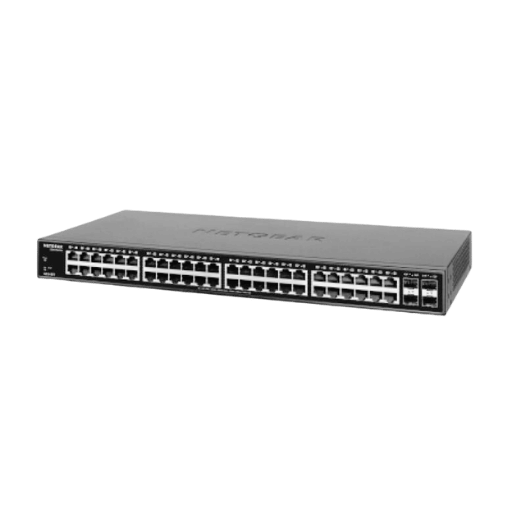
A number of important factors must be considered when choosing an unmanaged gigabit ethernet switch for industrial environments so as to ensure optimal performance and reliability. First and foremost, it is crucial that such switches be durable enough to withstand rough conditions like very high or low temperatures and dust particles, among others, which may prevail in industrial settings. Look out for IP ratings denoting protection against these elements during purchase. Secondly, power options must also be looked at; power over ethernet (PoE) can be very helpful in many situations because it enables devices to be powered without the need for additional cabling. Mounting flexibility is yet another key consideration area where by different types such as DIN-rail or panel mounting should be provided for depending on various installation requirements. Finally, the speed and capacity of the network should not be overlooked since this will determine if the data throughput required by industrial applications characterized by high rates of information exchange having less latency time can always pass through easily.
When choosing a port configuration type suitable for your use case scenario with an unmanaged ethernet switch, you need to consider size as well as demands within your network. A five-port switch would normally work best in small networks or where there are few devices connected because they offer compactness at a lower price. On the other hand, eight ports give more room for connection, hence making them ideal for medium-sized networks where many connections have to take place concurrently. If one expects his/her demand on ports to increase, then it may be advisable that he/she goes even higher so that no more switches shall be required later after realizing current ones cannot support all needed connections. Therefore, evaluate a present number of gadgets, the rate at which data flows along cables within them, plus the amount of redundancy required before settling on a particular device.
In any industrial environment, gigabit speeds are essential for maintaining an efficient and reliable network performance. High data rates allow large amounts of information to be sent quickly, which in turn reduces delays during transmission, thereby making overall systems more responsive. This is necessary where instant data sharing takes place, such as in automated factories. Moreover, support for this kind of speed increases the capacity of a given system, thus enabling many devices to work concurrently without congestion caused by traffic that moves slowly between various points. In conclusion, therefore, always choose switches having gigabits per second since they will cater to current needs but also scale easily when future demands arise.

Industrial unmanaged Ethernet switches are dependable because they are built to last and can handle extreme environmental conditions such as high or low temperatures, humidity, and dust. They do not require any setting up thereby making their installation easy and reducing the time required for their setup. These types of switches guarantee steady performance as well as deterministic data transmission, which ensures that mission-critical applications operate without failure. Moreover, there is no need to worry about them becoming too hot or breaking down due to passive cooling designs while also improving reliability in the long run through this means.
These features alone should make industrial ethernet switches your number-one choice for demanding environments!
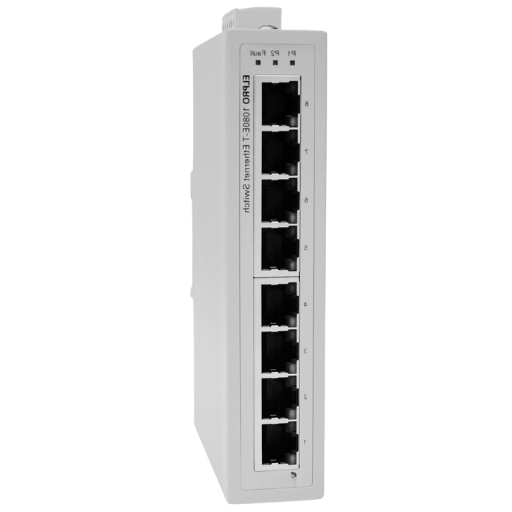
There are many advantages a gigabit ethernet can offer over conventional speeds within small home networks, which may justify an upgrade. It gives much higher data transfer rates, up to 1,000 Mbps, meaning that files will be moved quicker and high-definition videos will stream more smoothly. This large bandwidth is especially useful for houses with several devices because it ensures good connectivity while reducing ping in online games, video calls or other bandwidth-hungry apps. Also, this technology improves overall network performance and future-proofs your local area network against upcoming changes thus enabling coping with greater amounts of data as people use the Internet more often at home. Therefore, if you need reliability, speediness, and scalability – go for gigabits!
Gigabit unmanaged ethernet switches have a higher capacity for sending information –1000Mbps– than their fast counterparts, which can only do so at most 100Mbps. That’s why if there is any need to support wider channels, these devices should be used instead of others. In addition, they work better when multiple gadgets are connected simultaneously since they decrease response time due to increased user satisfaction, with the surfing experience to being improved upon significantly. Consequently, contemporary demanding domestic systems would benefit more from using gigabits than from using fasts.
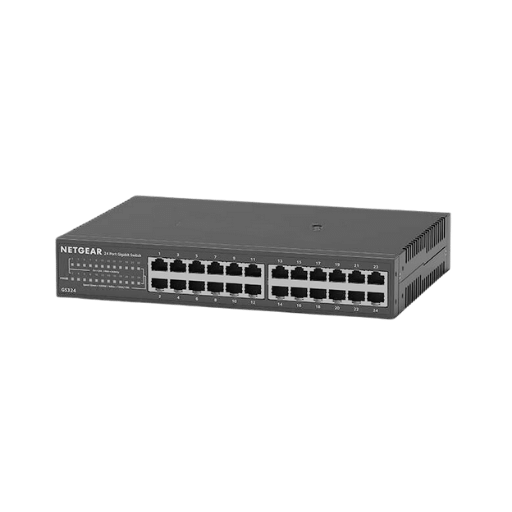
Plug-and-play switches are user-friendly because they do not need any settings to start up with a link. They have the ability to identify networking devices automatically and tune themselves accordingly for best performance. This simplicity removes the necessity for specialized knowledge, thus anyone can use them. Moreover, they are quick to install which saves time in homes as well as businesses.
Adherence to these ways will ensure higher efficiency levels while at the same time lengthening its useful life span for an individual’s unmanaged gigabit switch.
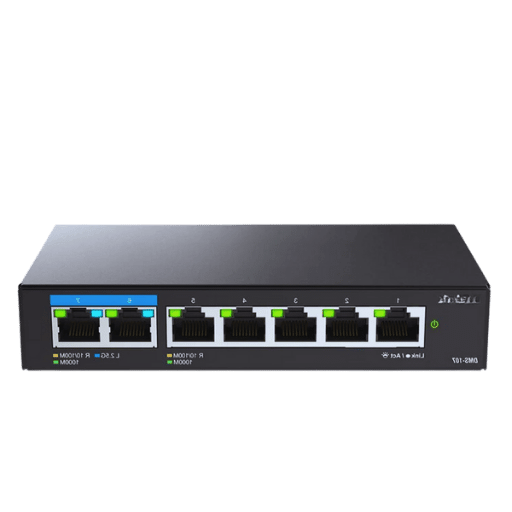
A: Industrial unmanaged Ethernet switches offer reliable and rugged network connectivity that can withstand harsh environments. With no need for configuration, they are easy to install and operate while being capable of handling various industrial applications.
A: A 16-port gigabit Ethernet unmanaged switch gives data transfer rates of 1 Gbps and requires no configuration which makes it ideal for simple high-speed networking without complex setups.
A: A PoE switch (Power over Ethernet) supplies both power and data transmission over one Ethernet cable. This simplifies network installation by eliminating the necessity for separate power supplies for devices such as wireless access points or IP cameras.
A: In industrial unmanaged ethernet switches, SFP slots are used for fiber optic connections that allow more flexibility in network design and long-distance data transmission. Various SFP modules can be supported depending on your network needs.
A: Fanless designs improve reliability by removing failure-prone moving parts from industrial ethernet switches thus reducing downtime risks. They also reduce noise levels as well as energy consumption thereby making them suitable not only for commercial environments but also those found within industries.
A: Can be connected to many devices and this allows for the connection of multiple devices. This is important for example in industries where there are many machines that need to send data to each other at high speeds.
A: Think about things like reliability; specific features needed for use in industry such as ruggedness or resistance against extreme temperatures; number/ configuration of ports required to connect all devices within your setup as well as compatibility with existing network infrastructure.
A: It enables faster communication between devices found in industrial settings by providing higher data transfer speeds than regular gigabit switches which boost overall efficiency levels of networks.
A: They can be used because they offer reliable connections without any need for complex configurations hence ideal during plug-and-play installations especially in harsh environments where durability matters most particularly when dealing with unmanaged Gigabit Ethernet applications within such areas.
A: Due to their small size, together with having enough ports that can be used to connect essential equipment necessary for running a small office. They also provide high-speed connections while at it still very easy to install without needing any advanced settings.